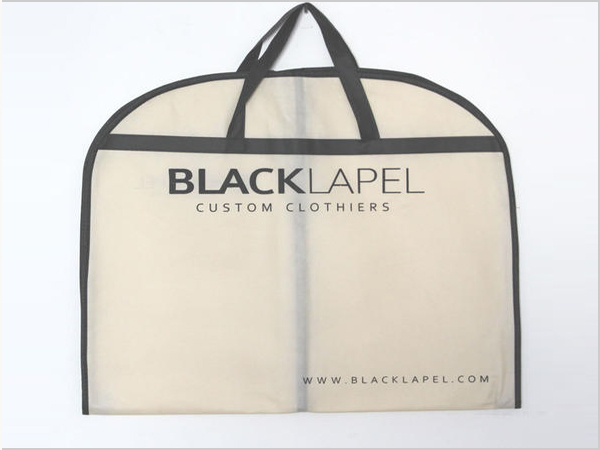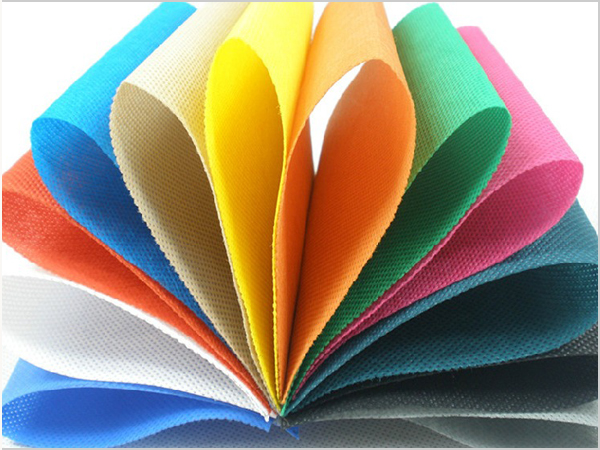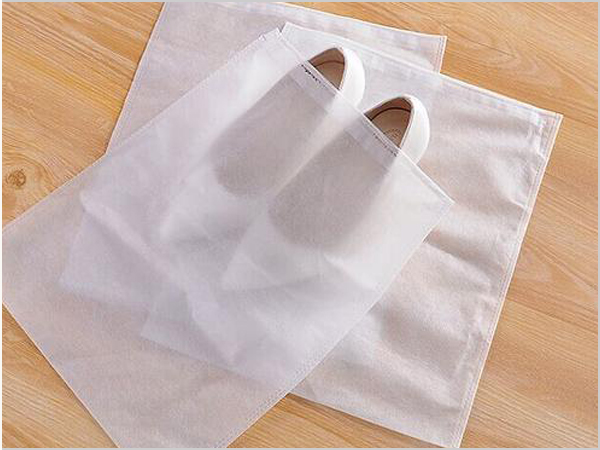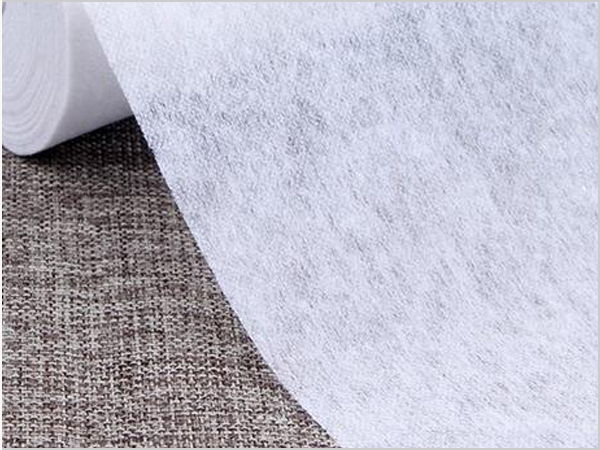- Why can spunbond nonwoven fabric dominate the market?
- Foreign trade exports are moving forward under pressure, with both resilience and challenges coexisting
- Explore the environmental protection characteristics and application fields of PP non-woven fabric
- The rise of the Latin American market is expected to become a new growth pole for China's textile foreign trade
- The production process of spunbond nonwoven fabric determines its unique characteristics!

- Telephone: 0551- 66779966
- Cellphone: 18955130444
- Email: 58792982@qq.com
- Address: Building 1-2, East of Wubu Village Section, Hehuai Road, Wushan Town, Changfeng County, Hefei City, Anhui Province
On September 8, 2021, the website of Guangzhou Municipal People's Government released the results of quality supervision and spot checks in Guangzhou City circulation field in the second quarter of 2021. In the second quarter of 2021, the Guangzhou Market Supervision Administration conducted a supervision of the quality of textile fabric products in the circulation field, a total of 20 batches of samples were taken, and 4 batches of samples did not meet the standard requirements. This calculation is based on GB 18401-2010 "Basic Safety Technical Specifications for National Textile Products", GB / T 29862-2013 "Identification of Textile Fiber Content" standards and related laws, administrative regulations, departmental regulations, normative documents, currently effective Enterprise standards, group standards, local standards and products express quality requirements, the fiber content, formaldehyde content, pH value of the textile fabric product, can be separated from carcinogenic amine dyes, water-resistant fastness, weakness, resistance, resistance color 7 projects such as fastness have been assessd.
The main failure items and Analysis
Fiber content
The fiber content is one of the important quality indicators of the textile fabric. The advantages and disadvantages of raw materials are an important factor in determining the value of fabrics. Consumers are often based on the purchase of fabrics, and the fiber content is not marked or labeled is incorrect, which will directly affect the purchase of the fabric for the fabric. This test has 4 batches of product fiber content, that is, the product label or claims is inconsistent with the measured value, or the fiber content exceeds the standard tolerance range, with 3 fabric nominal cotton 30%, which is measured Both batch of polyester fibers, the 3 batches are individual industrial and commercial industrial products; 1 batch fabric nominally mulberry silk 95%, spandex 5%, 100% of mulberry silk, and the batch of business products. The reason why this fiber content is unqualified is that the product quality awareness of individual industrial and commercial households is weak and lacks professional and technical knowledge. In addition, 6 batches of samples in this spot check failed to provide fiber component content, resulting in determination of the fiber content of the sample. Cause: First, companies that do not provide fiber component are individual industrial and commercial households, lack product quality awareness. The second is the supervision of the relevant market management, product quality promotion and guidance work needs to be strengthened.
2. Color fastness project
The water-resistant fastness and anti-sweat-resistant fastness project occurred in this subtle fastness spot check project. The color fastness project is unqualified. On the one hand, it has seriously affects the beauty and performance of the clothing. On the other hand, the dye on the clothes is easy to transfer from the textile from the textile to the human skin by sweat. The dye molecules and heavy metal ions may be absorbed by the human body. Harm human health.
Water-resistant fastness reflects that the textile is discolored under a certain water, pressure and temperature, it is self-discolored and the contamination of the lined fabric. There were 1 batch of water-resistant fastness in this quotation, and GB 18401-2010 requires Class C product discoloration and staining ≥3, and the mulberry silk is unqualified, and it is 2-3. Sweat-resistant color fastness is the color of the simulated textile resistant sweat. The composition ingredient of human sweat is complicated, of which the main component is salt, depending on person, and the sweat is acidic, and there is alkaline. There are 2 batches of anti-sweat and color fastness in this quilt. GB 18401-2010 requires C-type products discoloration and staining ≥ 3, 1 batch product (fabric fiber content is a silk 100%) mulberry silk Qualified, measured: 2-3 (acidic sweat), 2 (alkaline sweat); 1 batch of products (fabric fiber content is 59.5% of polyester fiber, 50.5% of the viscosity), the viscosity is unqualified, the measured: 2 (acidic sweat), 2 (alkaline sweat). Silk silk is protein fibers, which can only be stained with acid dyes and active dyes. The combination of dye and fibers is mainly ionic, and the fastness is not strong. The intric chemical composition is similar to cotton, so it is more alkali-resistant, but the alkali-resistant acid resistance is less than cotton, and there is also a disadvantage of color fastness in common viscosity. In addition to the cause of the fabric itself, the color fastness is unsuitable, and there is too much dye floating with fiber stabilization; some additives added to the dyeing and post-treatment, there is no clean after dyeing; in the dyeing process The causing agent added in the middle can also reduce the binding force of the dye and fibers while the dyeness is not meticulous.
- Why can spunbond nonwoven fabric dominate the market?
- Foreign trade exports are moving forward under pressure, with both resilience and challeng
- Explore the environmental protection characteristics and application fields of PP non-wove
- The rise of the Latin American market is expected to become a new growth pole for China's
- The production process of spunbond nonwoven fabric determines its unique characteristics!
- The global trade landscape is undergoing significant changes in 2025
- The 11th China International Silk Conference was held in Shengze
- What are the core advantages of spunbond nonwoven fabric?
- What are the magical aspects of the manufacturing process of spunbond nonwoven fabric?
- The textile industry is enjoying dual policy benefits



